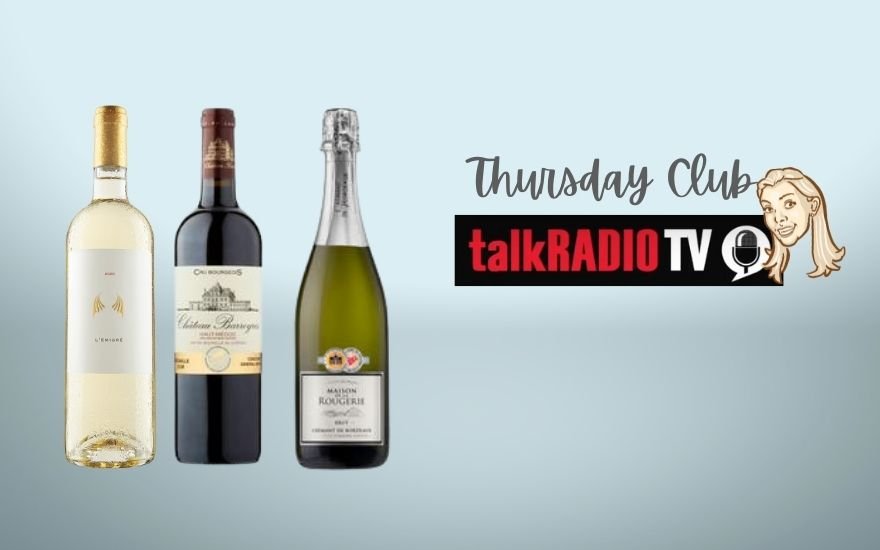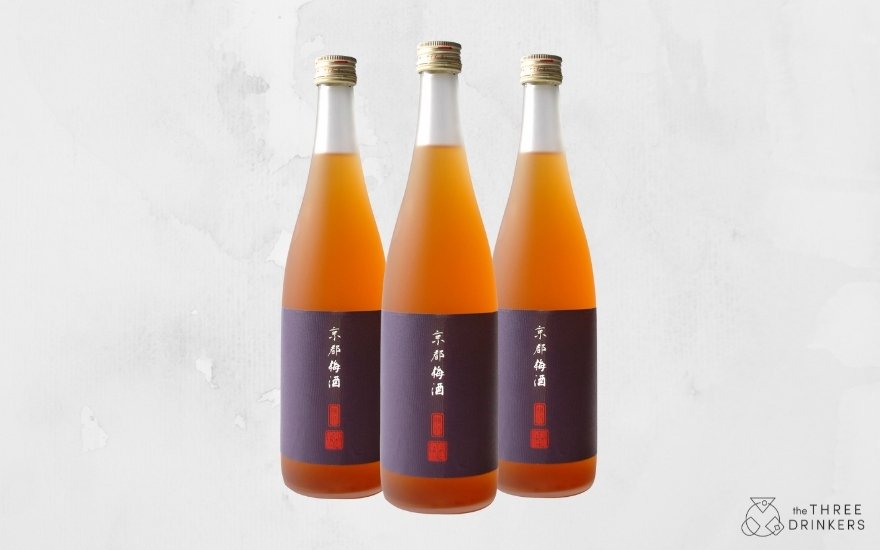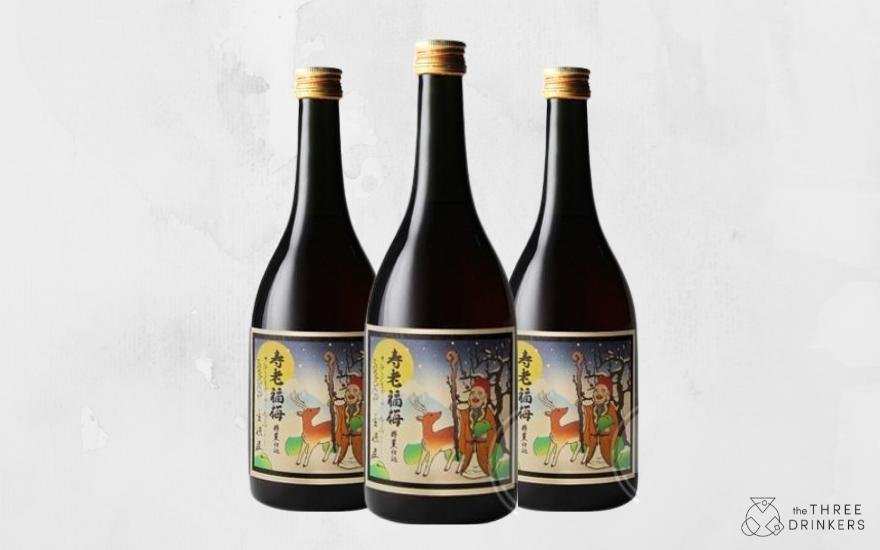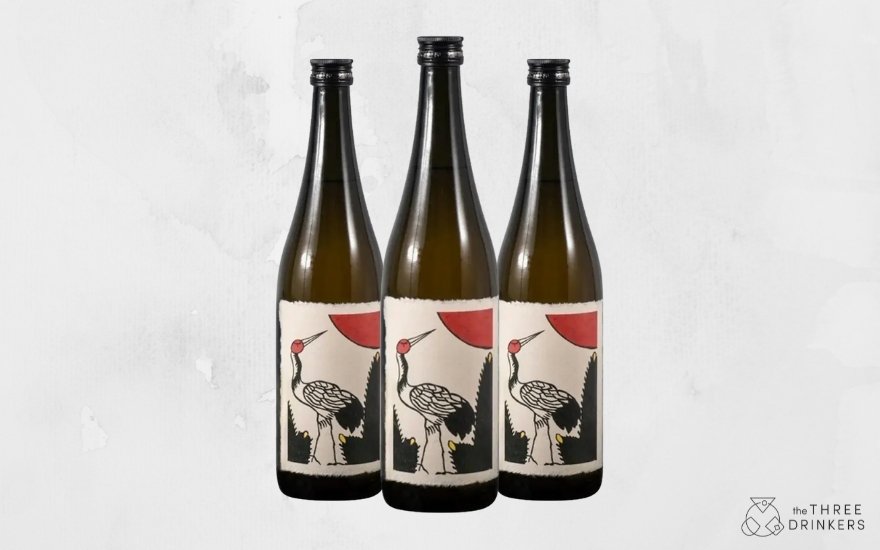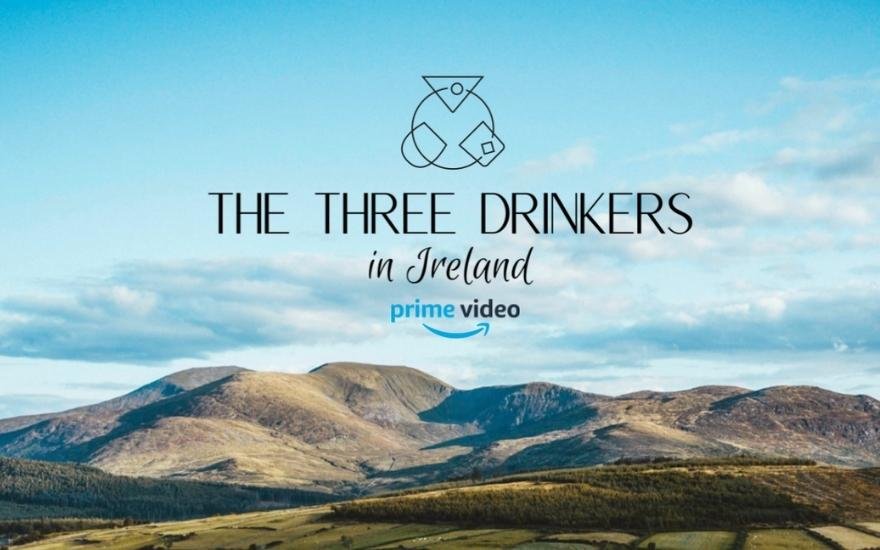Bordeaux is a word that is capable of striking fear into many people who want to get to know wine. We know it's good. We don’t necessarily know why. We know that it can be super expensive but we’ve also seen bottles for about six quid. It’s fair to say it’s all a bit confusing.
In a nutshell, Bordeaux is a wine region in France down on the central west coast and it’s mostly famous for making expensive red wines using a blend of Cabernet Sauvignon, Merlot and a few others. While this is true, there are some world class white wines that come from this region, which are usually a blend of Sauvignon Blanc with Sémillon as well as more entry level whites, pinks, reds and sparkling ‘crémant’ wines. In recent years, the revolution really has been with the quality of these more price accessible bottles.
Here are some to try:
Maison de la Rougerie Brut Crémant de Bordeaux
Bone dry with a whiff of floral aromatics, think crunchy green apple and white fruit. Made in the traditional method just like Champagne, this is an exceptional value fizz. A gret one for Bucks fizz or Kir Royales.
Find it at Iceland for £8.75
L’émigre Blanc 2020, Graves
Fine white Bordeaux will be a blend of zesty, citrusy sauvignon, with the more axy, weight Sémillom and the result is rich and intense yet elegant . This white Bordeaux is organic with great intensity offering well defined flavours of elderflower, lime and blackcurrant leaf.
Find it at Virgin Wines for £14.99
Château Barreyres Haut-Médoc
This is a typical ‘left-bank’ Claret, based on Cabernet Sauvignon with a whack of Merlot. Hailing from the posher part of the left bank, this is an old school style of red with cedar and blackcurrant notes with a lean, mineral core. Fab value for a lovely Cru Bourgeois.
Find it at Sainsbury’s for £13

